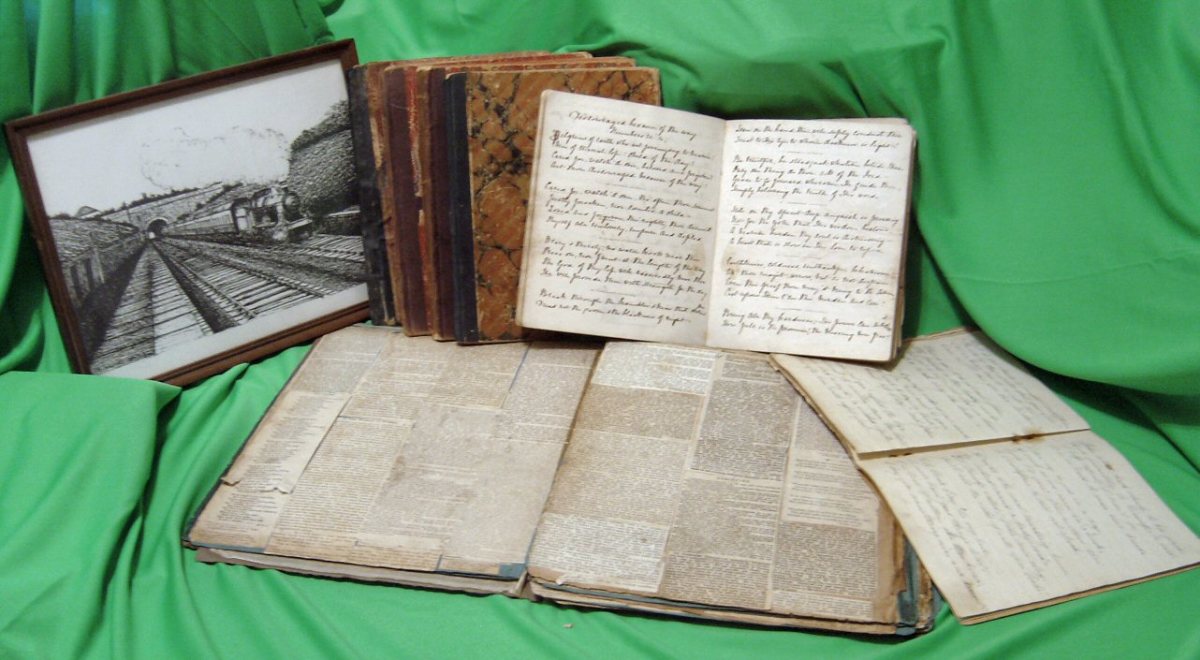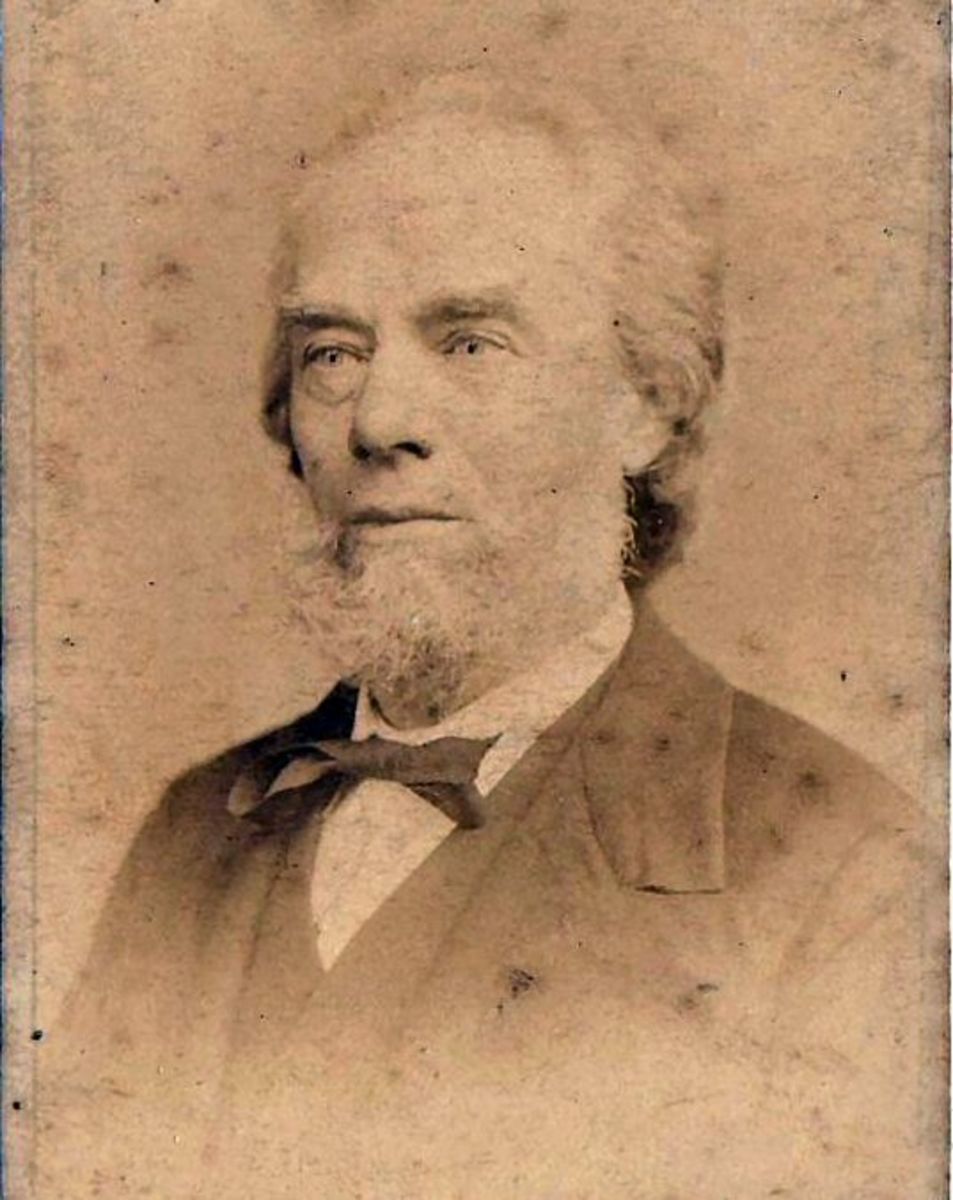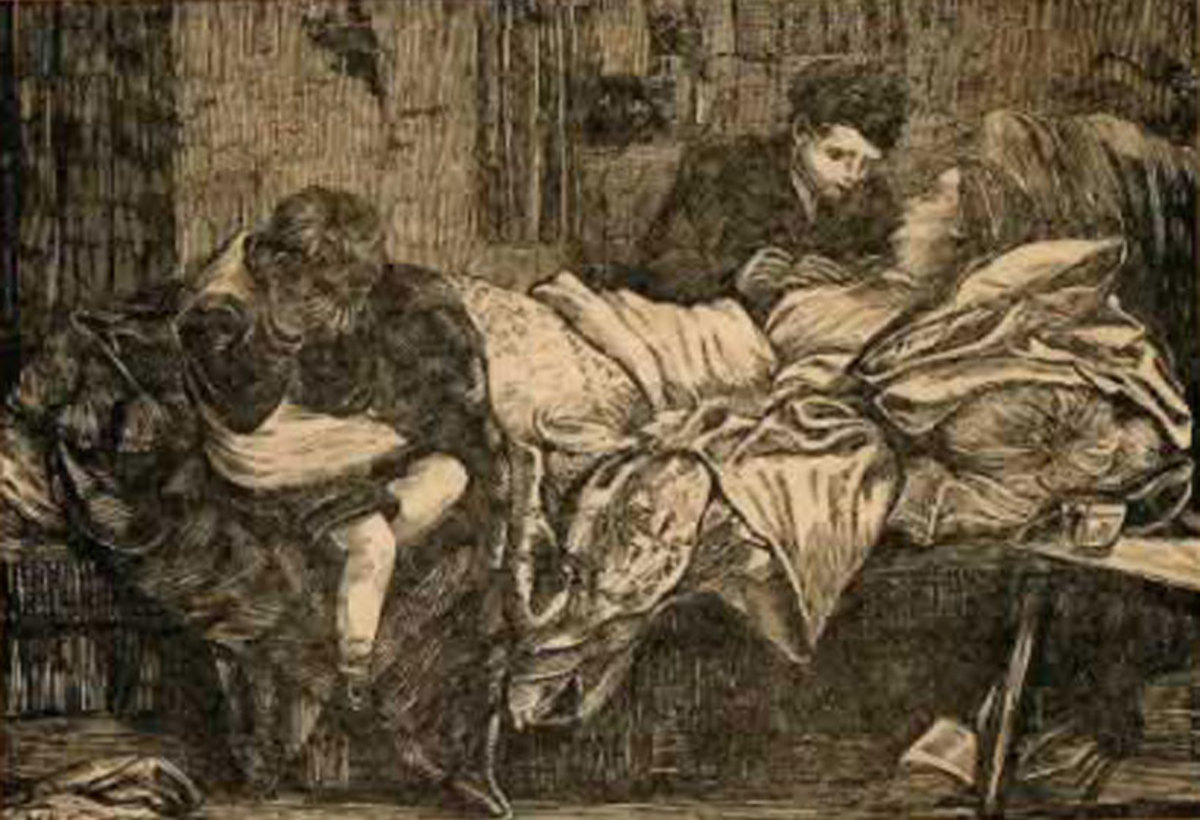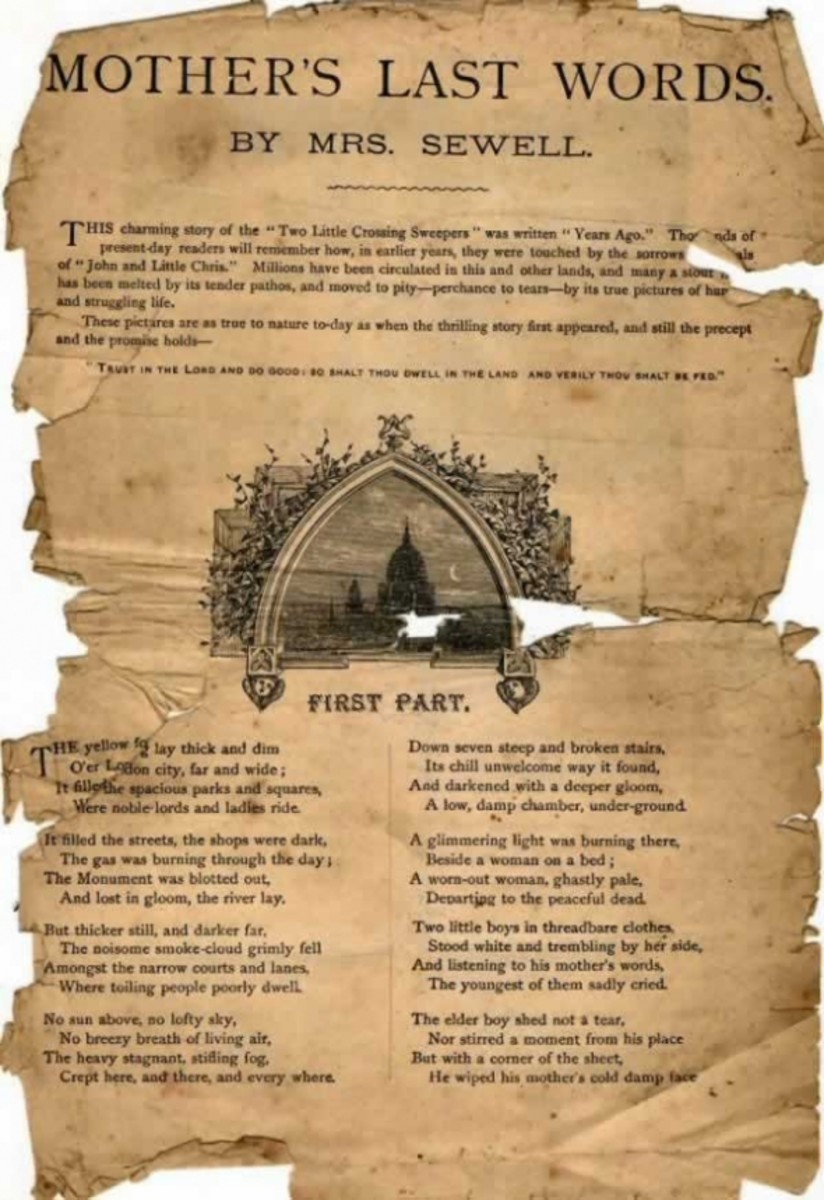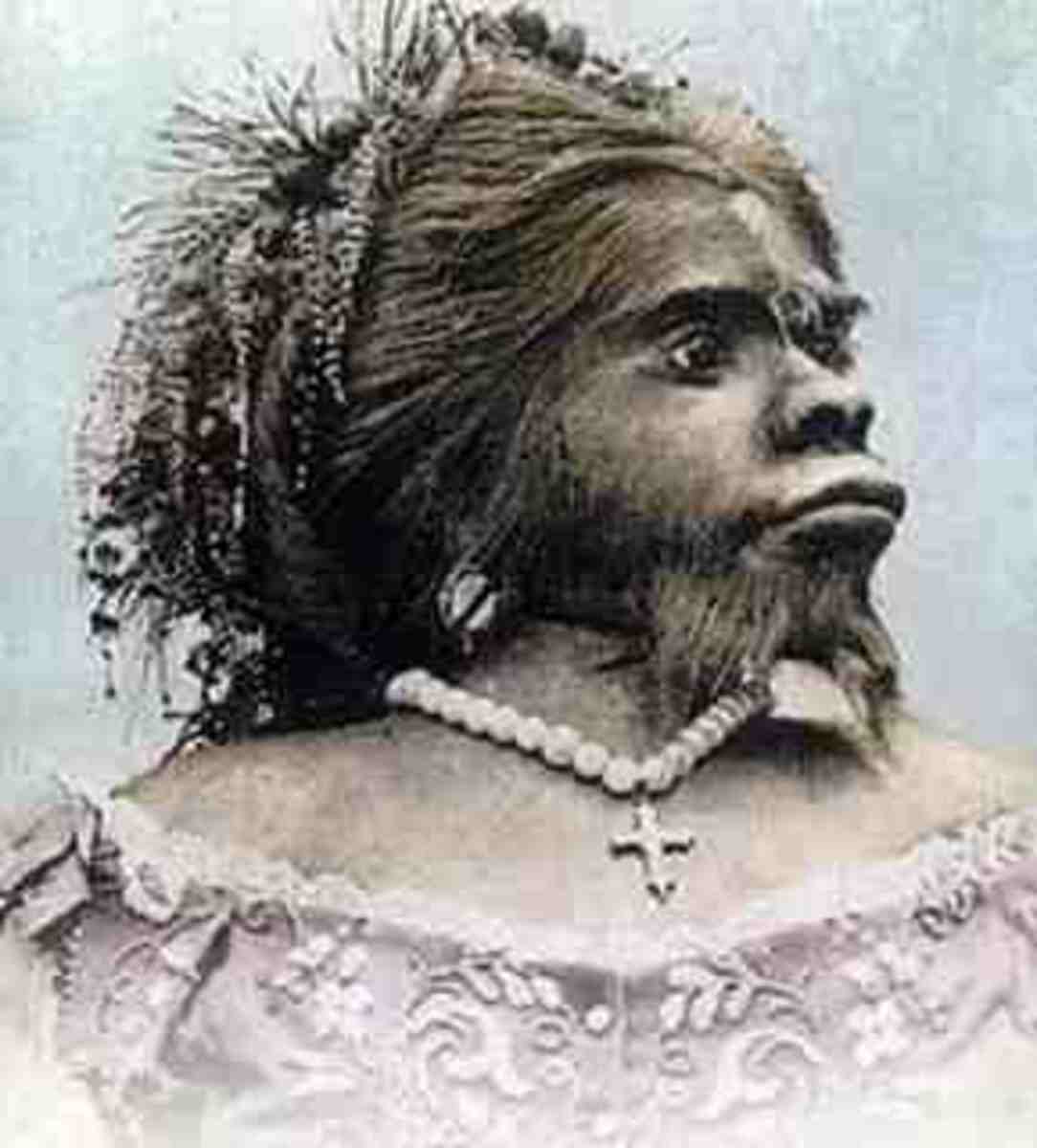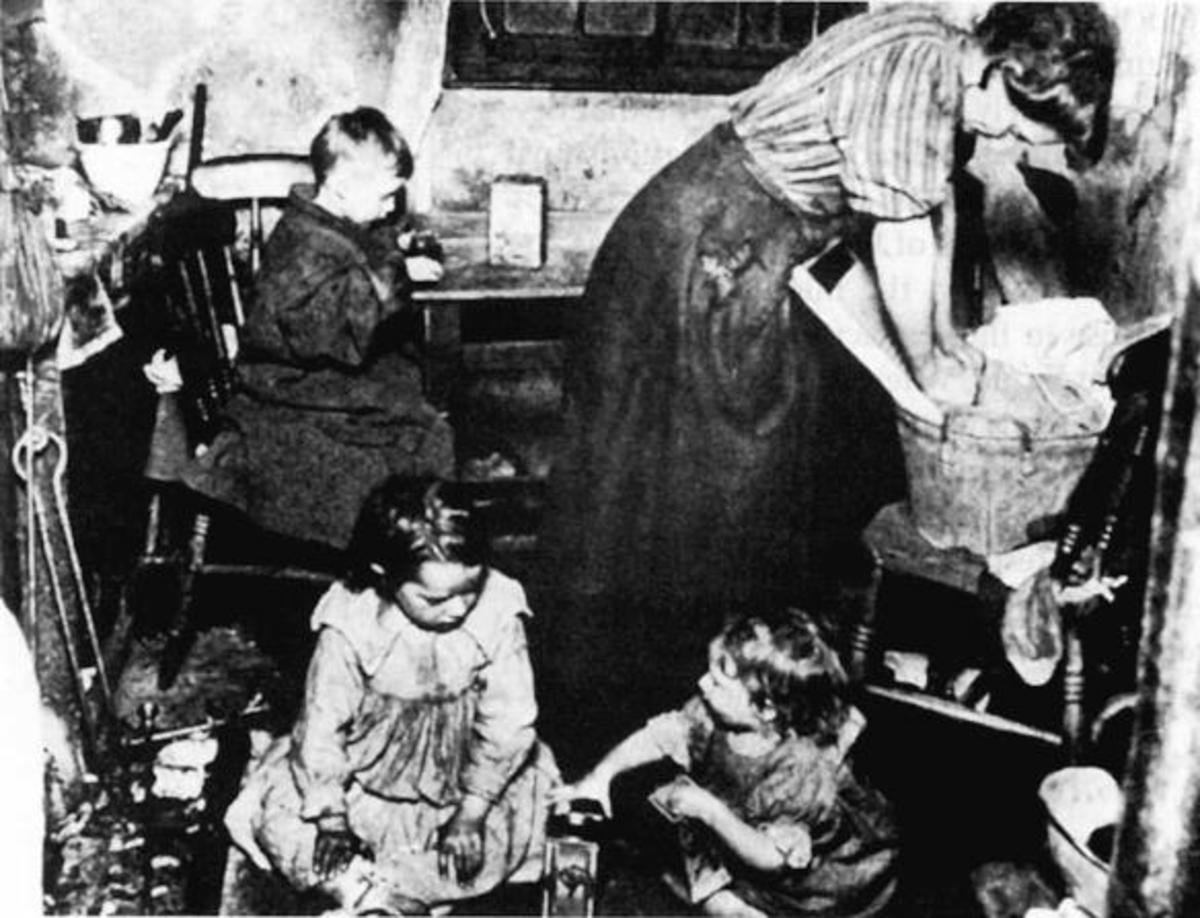- HubPages»
- Education and Science»
- History & Archaeology»
- History of the Modern Era
What Victorian Publications Can Tell Us About Life in the 19th Century
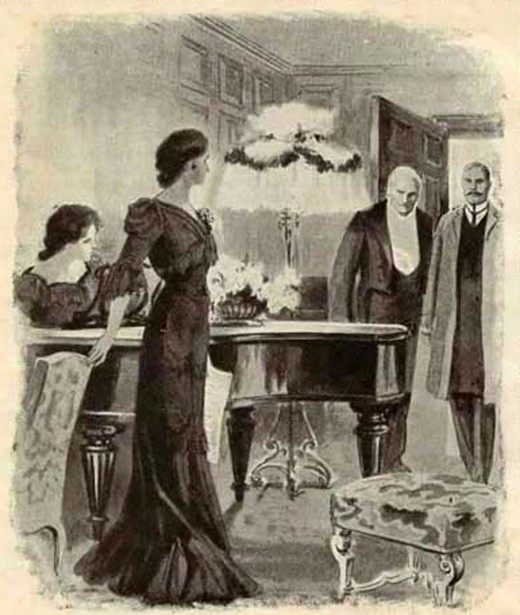
A Voice From The Past
Victorian Culture and History
There's no better way to learn about the lives of Victorians than through their own writings.
This article spotlights some of the publications my great-great grandfather (George Burgess, 1829-1905) collected during his life, and some of his writings that reflects various aspects of life in Victorian Britain.
The printed material he collected included contemporary books, magazines and newspaper articles; and his own writings included his personal thoughts, diary and poems. As George Burgess lived in America for over ten years when he was in his teens and early twenties, and made friends while living there, many of the newspaper articles he saved were of American culture as well as British life.
Much of this material has been passed down to me through the generations, and has since been published on my genealogy website for free viewing. These publications gives people the opportunity to learn about Victorian life for themselves directly from source material published in the 19th century.
Reading about Victorian life from history books, scholars and other contemporary writers, is a convenient way to learn, albeit it’s an interpretation based on their own personal views and what they have learned themselves.
Also, history books and reference books like encyclopaedias can be rather dry; lacking in the richness of personal everyday lives of ordinary people. Therefore, reading publications and writings of the times first hand, rather than just reading other people's views and opinions of this culturally rich period in history, is I feel a good way to better appreciate life and society at this time.
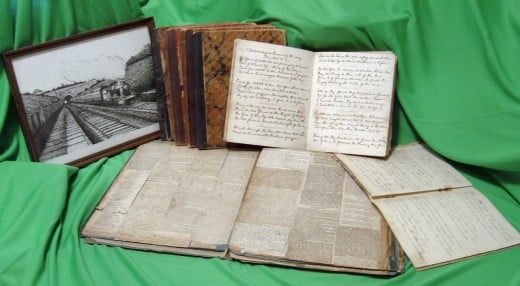

The Victorian Scrapbook
By George Burgess (1829-1905), Phrenologist
Pictured above is the scrapbook of George Burgess, laid out and open, and above that and to the right are his diary, poems and manuscripts of all his other writings.
He may not have been such a famous Victorian writer, but he did write and publish two books on his profession of Phrenology.
The black and white picture of a railway in the image is a drawing of the railway tunnel in Staple Hill, Bristol; above which he was born in 1829. The details of his birth, including the time (1am), which he describes in detail in his diary being information told to him by his mother.
The Victorian Scrapbook was compiled by George Burgess during his working life in America and England. The Scrapbook is a collection of over 500 newspaper articles; short news stories of the time and historical events, many humorous, educational and informative. In it he’s compiled topics that were of interest to him, namely:-
- Family Life; Health; Education; Humour (Humor); Poetry; Politics; History; Religion; Science; Nature; Temperance (drink) and Victorian Culture/Society.
George Burgess, born in Victorian Britain, left Bristol, England for America when he was just 15 to finish his apprenticeship as a stonemason. However while in America he learned about Phrenology and in 1861, a couple of years after returning to England for the third and last time he set up a business as a Phrenologist in the Arcades, Bristol; where he practiced his profession for 40 years until his retirement in 1901.
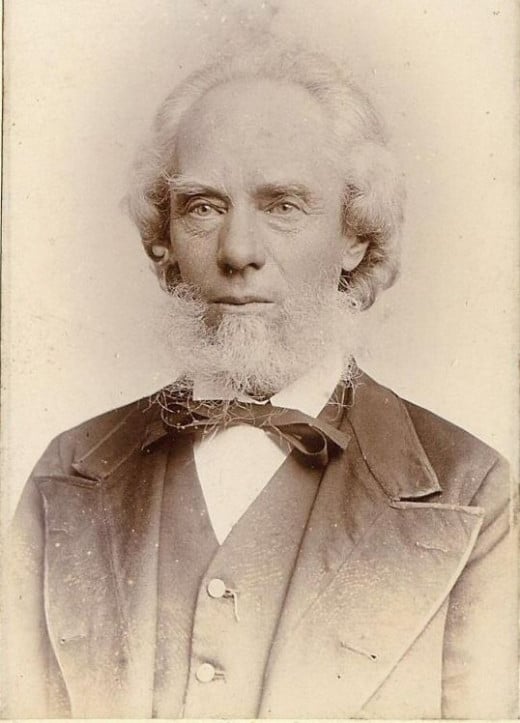
Birth Place of George Burgess
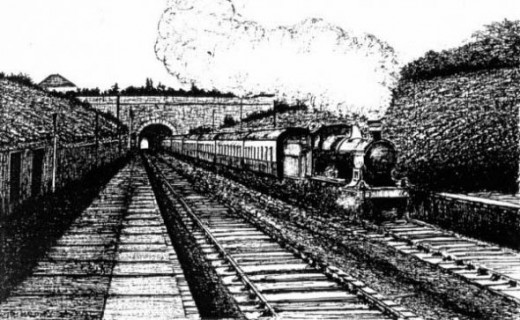
Newspapers Tells a 1000 Stories
I’ve selected here just one of the newspaper articles from the scrapbook George Burgess kept, which gives just one insight into family life; namely the serious role of housekeeper in the middle class families in Victorian Britain.
Victorian Family Life
‘Things a Housekeeper Should Know’ is a short factual tick list of essential information to aid a housekeeper in her duties, and includes advice such as:-
- That salt should be eaten with nuts to aid digestion
- That it rests you in sewing to change your position frequently
- That a cup of hot water drank before meals will prevent nausea and dyspepsia
- That well-ventilated bedrooms will prevent morning headaches and lassitude
Family life in Britain was changing. As during the Georgian period you had your poor, unemployed and destitute; and you had the more prosperous and wealthy, the emerging middle classes and professionals, and the upper classes.
The poor tended to have large families; 8 to a dozen children being quite typical, but life was hard, illness and death was high and medicine was still in its infancy. The middle classes tended to have fewer children, better and healthy living with better prospect of surviving; although they were subject to the same common diseases, such as BT that inflicted the poor.
During this period the poor found work as servants and maids in the homes of the middle classes; George Burgess himself, often employed a servant to look after his home while he was working in the Bristol shopping Arcades as a phrenologist.
As a widower with four daughters, and living in Iron Acton (11 miles from his place of works), he made several unsuccessful attempts at employing a nanny to look after his children. His children had a knack of spooking the nannies with tales of their cottage being haunted, and then creating mischievous noises during the night to scare the nannies away.
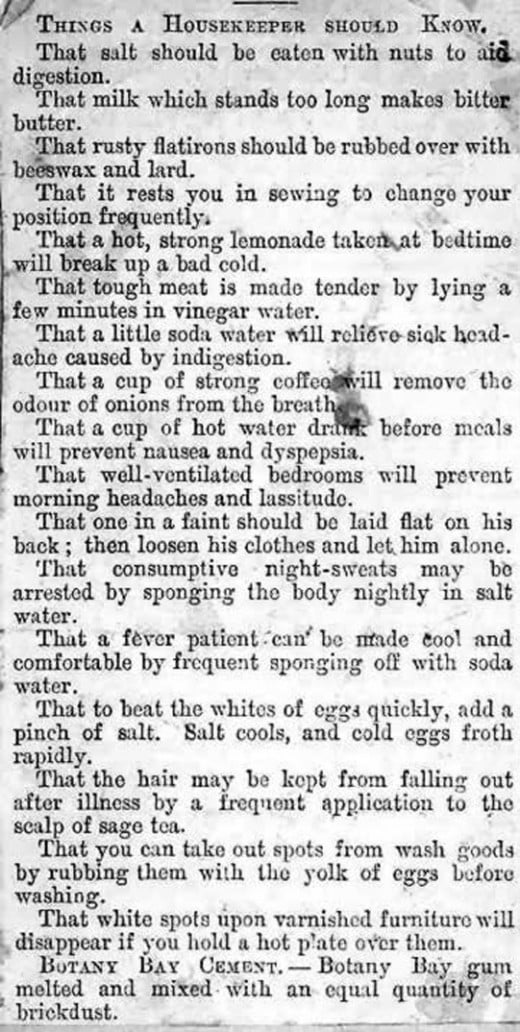
Health in Victorian Britain
Health was a serious problem in Victorian Britain; many diseases were largely uncontrolled, not just because of the squalor living conditions and malnutrition of the poor, but also because causes of many diseases were not fully understood and medicine was still in its infancy. Many medicines often contained poisons and toxins, like lead and arsenic, and often did more harm than the illness itself.
Nevertheless, it wasn’t all doom and gloom. There was always a humorous side that was portrayed in newspaper articles; like this one published in 1888 where a mother is trying to persuade her son to take castor oil.
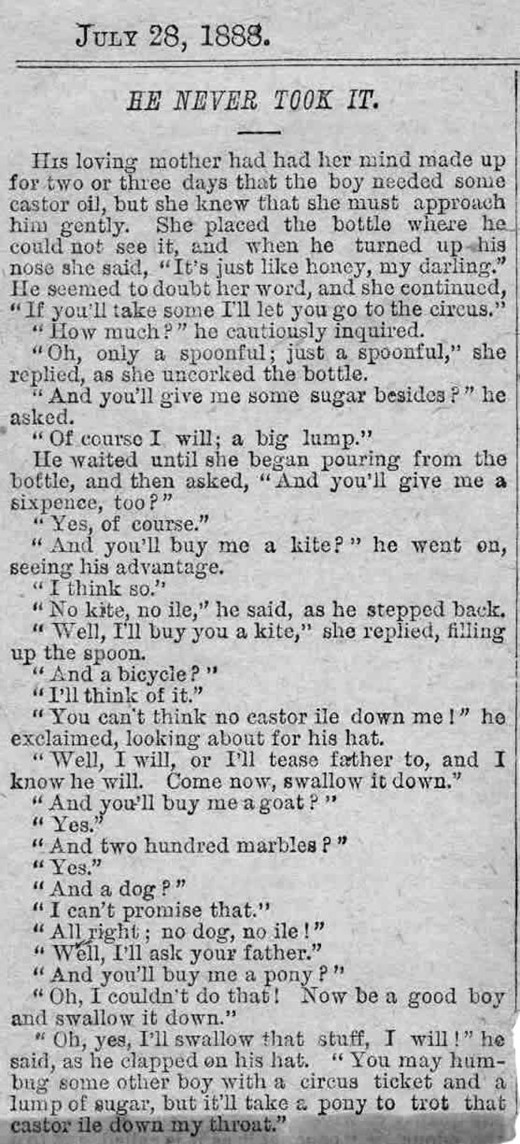
Public Health in Victorian Britain
Further Reading
Victorian Publications
Wish to learn even more about Victorian Culture, then follow this link to the Nathanville website for further information including Phrenology by George Burgess, 'Mother's Last Word' by Mary Sewell and the Downend Parish Magazine, Bristol published in 1905,
Over 500 Original 19th Century Newspaper Transcripts
- Victorian Publications on Nathanville
Nathanville links to various works by George Burgess, Victorian Scrapbook of newspaper articles and Phrenology, and mothers last words by mary sewell.

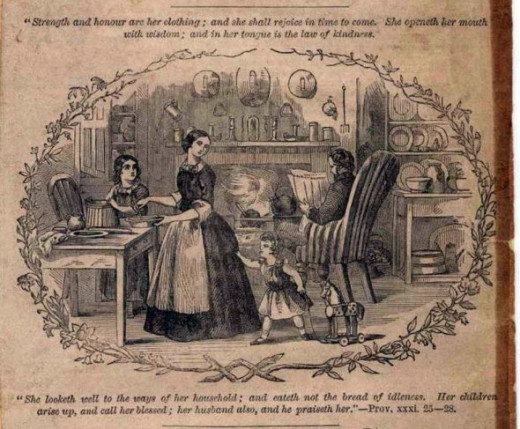
The Growth of Culture in Victorian Britain
Social Development in the 19th Century
The more I learn about and appreciate the Victoria era the more apparent it becomes to me that this was a great period of rapid change.
A century of great advancements in technologies and attitudes that transverses the bridge between the old, industrial revolution, and the modern technological age we know today.
Mother's Last Words by Mary Sewell
Mother’s last word is a touching story and very relevant to Victorian Society; a favoured read by George Burgess who after buying a copy took great joy in transcribing it into an exercise book. Both the original booklet and his transcript of it, along with his other writings and scrapbook, have been passed down through the generations. This and other Victorian publications passed down to me are referenced and showcased on my Nathanville genealogy website.
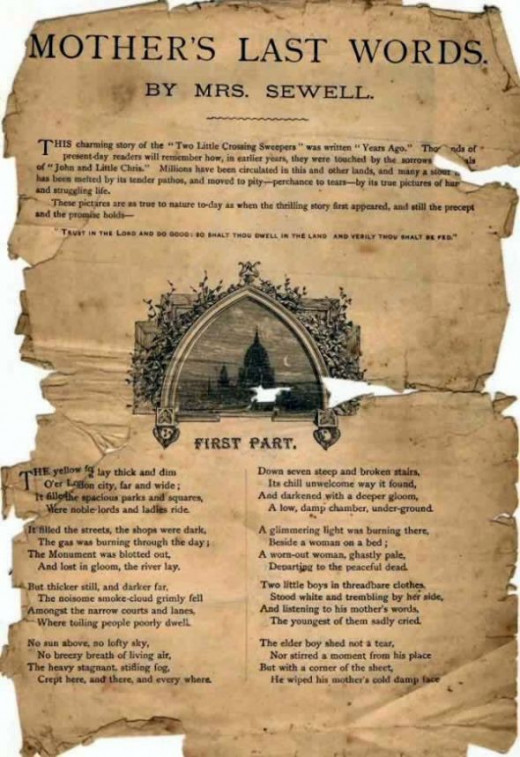
Moments in History
Through the Ages
History is a long time in the making, and every day history is being made.
Do you have a favourite period in history?
This content is accurate and true to the best of the author’s knowledge and is not meant to substitute for formal and individualized advice from a qualified professional.
© 2011 Arthur Russ

